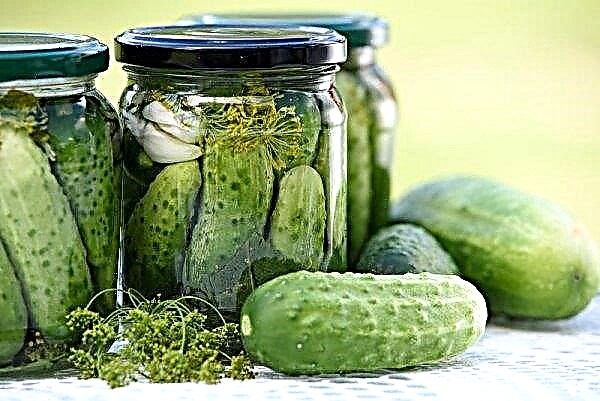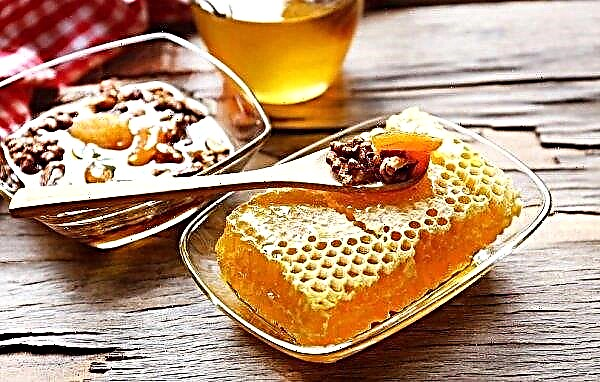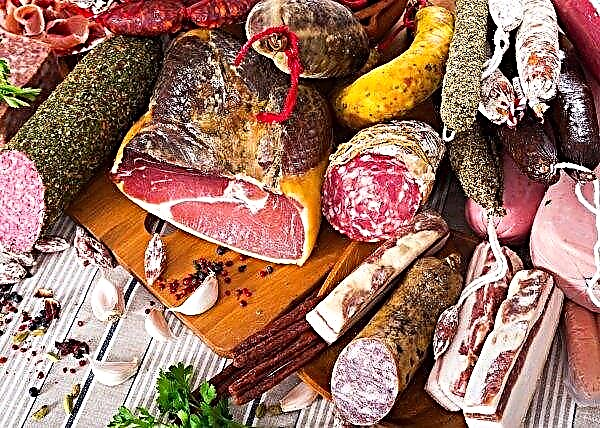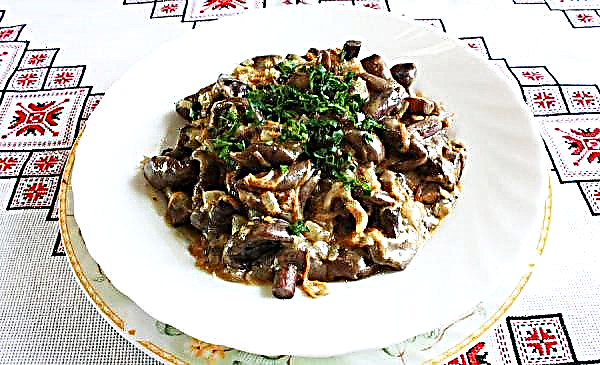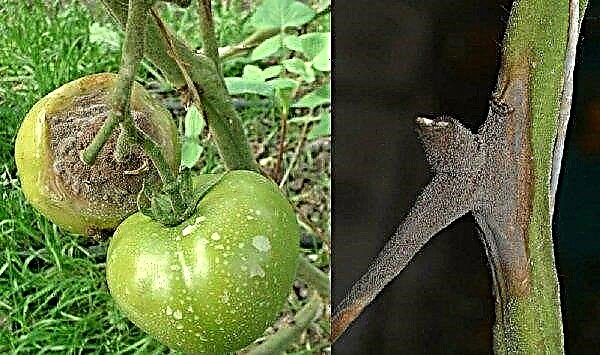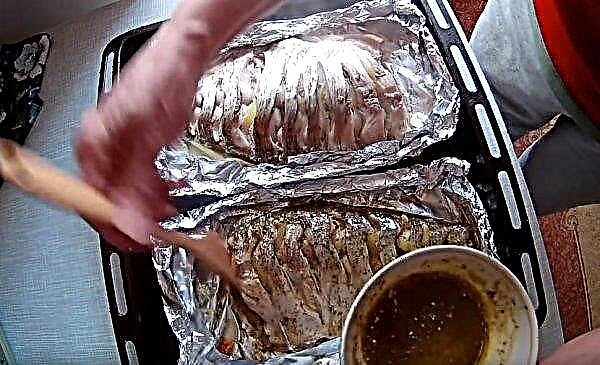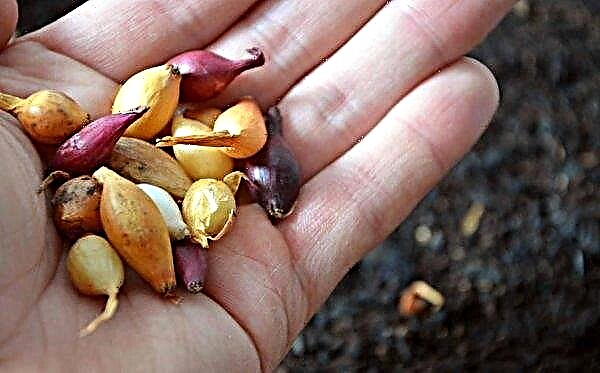Among the variety of mushrooms, champignons have always had the status of "favorite" for most people. They are easy to find in the wild and can be grown at home, and the taste is always on top. Whether the statements refer to field varieties, or whether they should not be used as food, will be discussed later.
Description of appearance
The selection of field champignons (Agaricus arvensis) in a separate group dates from 1762, and even then a detailed description of this type of mushroom has been formed:
- A hat. White, cream, gray or light ocher (mainly in old mushrooms), with a diameter of 7–22 cm. It resembles an egg or a bell in shape, but eventually becomes almost flat, with a noticeable tuber in the central part. In young plants, the edges of the cap are turned inward, while older specimens have a slight undulation. In dry weather, the surface of the hats is very cracked, which makes it seem sloppy and torn. The hat is almost always smooth to the touch, and in rare cases small scaly growths become noticeable.
- Leg. Cylindrical, long (up to 12 cm high) and easily detaches from the cap. Its color usually matches the color of the upper part of the fungus, but when pressed becomes yellowish. The lower part of the leg is usually wider, and tapers upward. The leg of old mushrooms inside is empty, although at a young age it was solid.
- Records the inside of the cap can be white-gray or brownish in color with mustard or purple tint. Old mushrooms are always dark brown or even black, with a yellowish flesh inside.
- Soft part young field champignon - light yellow, very dense and will begin to turn yellow as soon as you cut the mushroom.

Other names
Sometimes this mushroom is called ordinary or pavement, because in cities and small towns it grows near the roadway, often near the curbs. If we recall the ability of fungi to accumulate toxic substances from the environment, then such instances are best not to eat.
Did you know? The field variety of champignons in English sounds like “horse mushroom”, and it got such an unusual name because of its close growth to stables on rich manure soils.
Spread
Common champignons can be found in almost all regions of Russia, as well as in Europe and the Caucasus, in moderate climatic conditions. Mushrooms grow best on organic fertilized soils, choosing open areas of forest or fields without tall trees. Sometimes they are found in mountainous areas, thickets of nettles, located either singly or in groups, forming arcs.
That is, if you want to collect a large number of champignons, then it is worth paying increased attention to sites along forest roads, city parks and forest areas that remained after the felling of trees. Champignons can be found directly in the trees, but only when it comes to spruce trees.
Season and collection rules
In a temperate climate zone, the collection of the fungi under consideration can be started from the end of May, continuing to search for them until October or even November. It is possible to determine the ripeness of champignon optimal for harvesting by the film connecting its leg and hat: it is better to harvest when it is already well stretched, but has not yet had time to burst (the diameter of the dome is 4–10 cm). Such instances will be as fleshy and tasty as possible, which is what the mushroom picker needs.
Of course, it is better not to take damaged and unpleasantly smelling mushrooms, and healthy and evenly colored mushrooms can be carefully twisted out of the ground. Unlike most other forest mushrooms, field champignons do not need to be cut, due to the structural features of the mycelium of the plant. The remaining holes after them should be covered with a substrate, previously removing all the remnants of the previous crop or the remaining unsuitable specimens.
Did you know? Home cultivation of champignons in Europe began to be engaged in the XVII century. Then it was considered a delicacy and grown in underground rooms, which belonged mainly to the monarchs. In Russia, this practice became relevant only in the XVIII century.
Field mushrooms: edible or not
Common champignon (also known as field mushroom) is deservedly considered a delicious variety (the third category in terms of taste), and this means that it can be eaten, even raw. However, more often it is used for culinary purposes after ten minutes of boiling, or it is immediately salted or pickled.
 The specimens collected along the roads or on the territory of industrial zones, where they actively accumulate cadmium, copper and other heavy metals that are dangerous to the human body, are traditionally considered to be hazardous to health.
The specimens collected along the roads or on the territory of industrial zones, where they actively accumulate cadmium, copper and other heavy metals that are dangerous to the human body, are traditionally considered to be hazardous to health.
Related types and methods of difference
Despite a fairly accurate description of field champignon, inexperienced mushroom pickers can still confuse it with other varieties that are not always edible. In order not to make a mistake in the choice, it is worth knowing about the main related species of the described mushrooms and their main distinguishing features.
Edible
If you do not take into account the large size of field champignon, then it is easy to confuse it with such varieties as Agaricus silvicola, Agaricus campestris, Agaricus osecanus, although Agaricus abruptibulbus, also known as curved champignon, is more similar to it. In the latter case, “substitution” can be suspected based on the place of its growth: field varieties will not grow in dense forests, even coniferous.

Poisonous
Much more dangerous is the external similarity of the edible "fieldman" with such well-known poisonous relatives as pale grebe and yellow-skinned champignon. The first is distinguished by white hymenophore plates, tuberous bloating at the bottom of the leg (surrounded by Volvo) and the absence of a characteristic anise smell, and the second is much smaller than edible and is often found in acacia plantings (mainly from July to October).

An additional difference of yellow-skinned champignon will also be the unpleasant “pharmacy” smell of carbolic acid and the rapid yellowing of tissues when peeling.
Important! At the first symptoms of poisoning (usually expressed in abdominal pain, nausea and vomiting), it is worth rinsing the stomach with a weak solution of potassium permanganate, take any available enterosorbent and drink as much liquid as possible. If your health does not improve, be sure to consult a doctor.
Beneficial features
Many varieties of champignons (including field ones) have a lot of positive characteristics based on their rich chemical composition.
- The following effects on the body will be especially valuable to humans:
- stimulation of appetite;
- improvement of digestive and metabolic processes;
- active removal of harmful cholesterol from the body;
- prevention of thrombosis and myocardial infarction;
- prevention of atherosclerosis (especially in older people);
- improving the condition of the skin, in particular by slowing down the aging process;
- prevention and elimination of cardiovascular problems;
- bactericidal and antiviral effects;
- relief of inflammatory processes;
- bronchodilator and expectorant effect;
- improving cognitive abilities and memory.
In addition, with the regular use of high-quality champignons, you can rid your body of toxins and radionuclides, since the active substances of the mushroom composition contribute to their maximum complete removal from the body.
Growing at home
Field champignon is quite possible to grow at home, collecting 5-8 crops per year. In order to achieve the most positive results from such activities, it is worth providing the plants with the most suitable conditions for productive growth, taking into account the indicators of humidity and temperature in the room.

The main requirements include:
- humidity level within 90%;
- air temperature of about + 20 ° C at the time of mycelium germination and not more than + 15 ° C during the whole further cultivation;
- regular wetting of the substrate, preferably by drip;
- periodic application of mineral fertilizers specially designed for mushrooms.
In addition, the growing room should be separated from the living rooms so that the spores released during the growth process do not provoke an allergic reaction in households, especially since high humidity is very uncomfortable for humans.
Important! Such activity is especially undesirable for allergy sufferers and people suffering from asthma attacks, since the above conditions often cause an exacerbation of their condition.
There are several ways to grow field mushrooms at home:
- In the bag. Before filling into a regular bag, the soil for mushrooms is sterilized and fertilized with compost, after which a layer of mycelium is laid to the very top and covered with a nutrient substrate. The grown mushrooms will appear on the surface of the bags, which greatly simplifies the task of collecting them. Filled bags are placed both on the floor and on metal racks, which depends on the availability of free space in the house or apartment.

- In the container. The method is often practiced in Western countries, where wooden containers, pre-treated from mold, are used as blocks for mushrooms. Filling the nutrient substrate and placing the mycelium is done in the same way as in the first case, except for servicing a large number of containers you need equipment for regular disinfection, which, given the volume of all products, may not be very convenient for home use.

- In briquettes. As a basis for the growth of champignons, a compressed mixture of ready compost, peat and soil, about 4 cm thick, is used. The presence of peat in this case is a prerequisite, as it helps to maintain a constant substrate moisture and prevents many plant diseases. Briquette with champignons can be placed both on specially designed racks, and directly on the floor, in separate areas. After several waves of active fruiting, the old compost should be disposed of, replacing it with new briquettes.
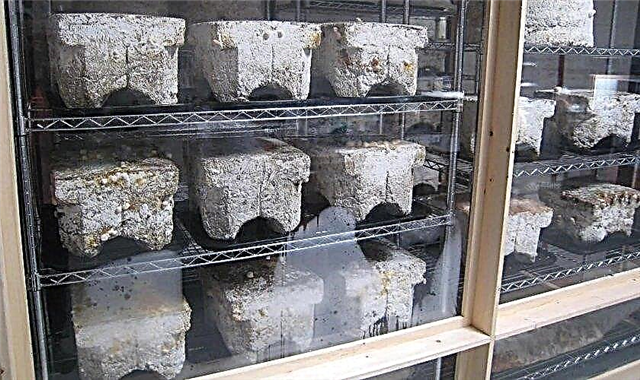
- On the sawdust. In this case, sawdust of tree species of trees with a fraction size of not more than 4 cm is considered an ideal substrate. Alabaster, gypsum and lime are added to them, and rotted cow manure is added to increase nutrition. The finished substrate can be laid out both in bags and in separate boxes on shelves, placing the mycelium on the surface.

In whatever way you decide to grow field mushrooms at home, following the above recommendations, you can provide yourself with mushrooms for any season of the year, while maintaining confidence in the quality of the product obtained. In addition, you do not have to worry about what an edible mushroom should look like, since the possibility of confusing it with a dangerous congener will be excluded.







